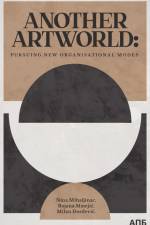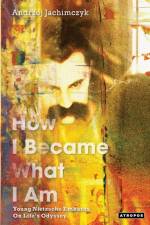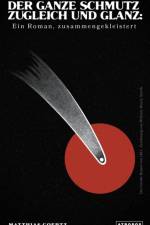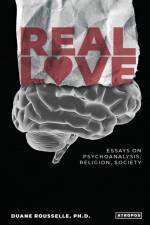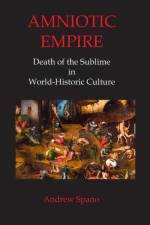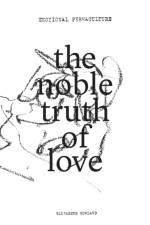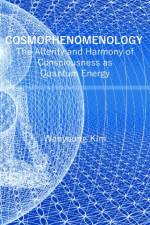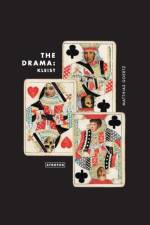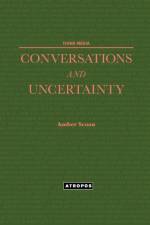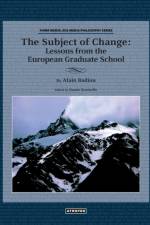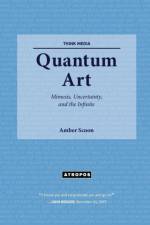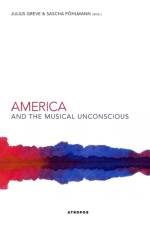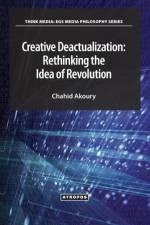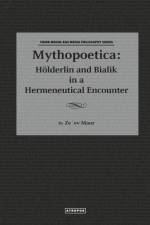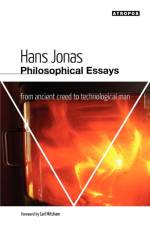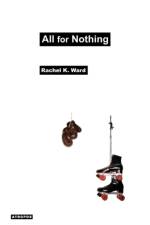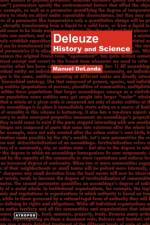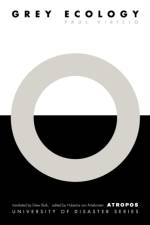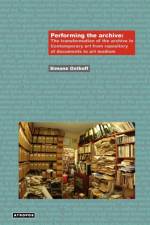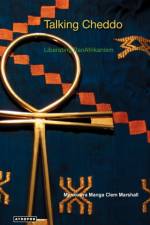- Death of the Sublime in World-Historic Culture: DEATH OF THE SUBLIME IN WORLD-HISTORIC CULTURE
av Andrew John Spano
291
What Edmund Burke identifies as the sublime in human experience, the arts, and science has been“overthrown” by a new cult-like religion of Scientism. As a secular religion, this new cult structures itselfon the old framework of the Christian religion, in particularly Roman Catholicism, which it attempts todisplace. While it does indeed depend upon the discoveries and advances of science to evangelize itsmessage, it relies chiefly on belief, manipulation, and coercion as much as did its predecessor, but withentertainment and consumerism rather than great art and holy ritual as its expression. It is supported bya lesser cult: The Cult of Mediocrity, represented by the creators of entertainment content, theeducation system, government, and the financial industry. Its basis is largely commercial, as its financeneeds are infinite. However, to create the right environment for its infinite expansion, it must workclosely with government and the banking system in various effective ways to achieve its end: which isthe creation of the Apex Consumer, the super-consumer helplessly indebted while equally helplesslyaddicted to the mediocre and toxic distractions the amnion offers in place of the Sublime. The collectiveresult is the “amnion,” matrix, or technosphere. It is a de facto false world that strives to be “more real”than reality to the consumer. Consequently, the mass of consumers have already begun to eschew the“real” world of cause and effect, human relations and action, and nature and the sublime. Instead, theyhave elected to adopt the amnion’s doctrine that everything good comes “in the future” – includingmedical immortality -- if they can only keep up with the monthly payments on the debt they have takenon, fatally, through the instrument of the promissory note. The exegesis of this work relies on what itdefines as the “world-historic” culture of the collective voices of those who valued the sublime above allelse. These voices include the literary work of European and American Romantic authors, French andGerman philosophers, artists, scientists, mathematicians, logicians, and, to a significant degree, thephilosophical and semiotic work of American philosopher, logician, mathematician, and scientist CharlesS. Peirce.



